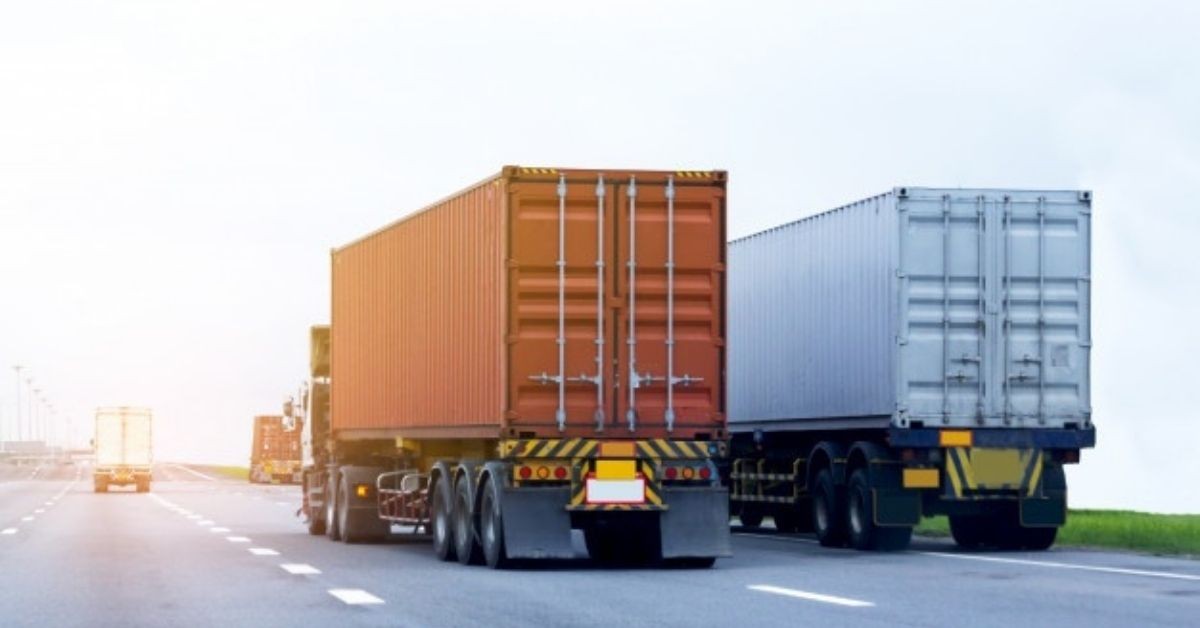Source: ET Infra
According to road secretary Anurag Jain, “We would like to call them high speed corridors for seamless connectivity across the country. We have taken this number to 4000 km from 400 km,” he told ETInfra in an interaction.
“We will add another 6000 km to this network in the coming years,” Jain said without divulging the timeline.
The aim behind executing these high speed corridors is to provide seamless connectivity and logistics movement. An access controlled highway would ensure that the vehicles ply at a particular speed for a longer period of time, hence resulting in fuel efficiency.
“The fuel savings on an access-controlled vehicle are to the tune of 42% and this results in overall reduction in logistics cost for the industry,” Jain added.
According to a recent report by rating agency ICRA, road construction in India is likely to grow 5-8 per cent to 12,500-13,000 km in the current fiscal.
The pace of execution in this fiscal will be supported by a healthy pipeline of projects, increased capital outlay by the government and focus on completion of projects by the Ministry of Road Transport and Highways (MoRTH), the agency added in its report. The Ministry’s project award pipeline is healthy, at above 45,000 km as of March 2024. This is despite the awarding being significantly impacted in FY2024 amid delay in approval from the Cabinet for the revised cost estimates of Bharatmala Pariyojana Phase 1 (BMP). Consequently, the overall awards declined by 31% to 8,551 km in FY2024 from 12,375 km in FY2023. A similar trend was seen in FY2019 before the last General Elections, when the project awarding had declined by over 67% on a YoY basis, it added.








